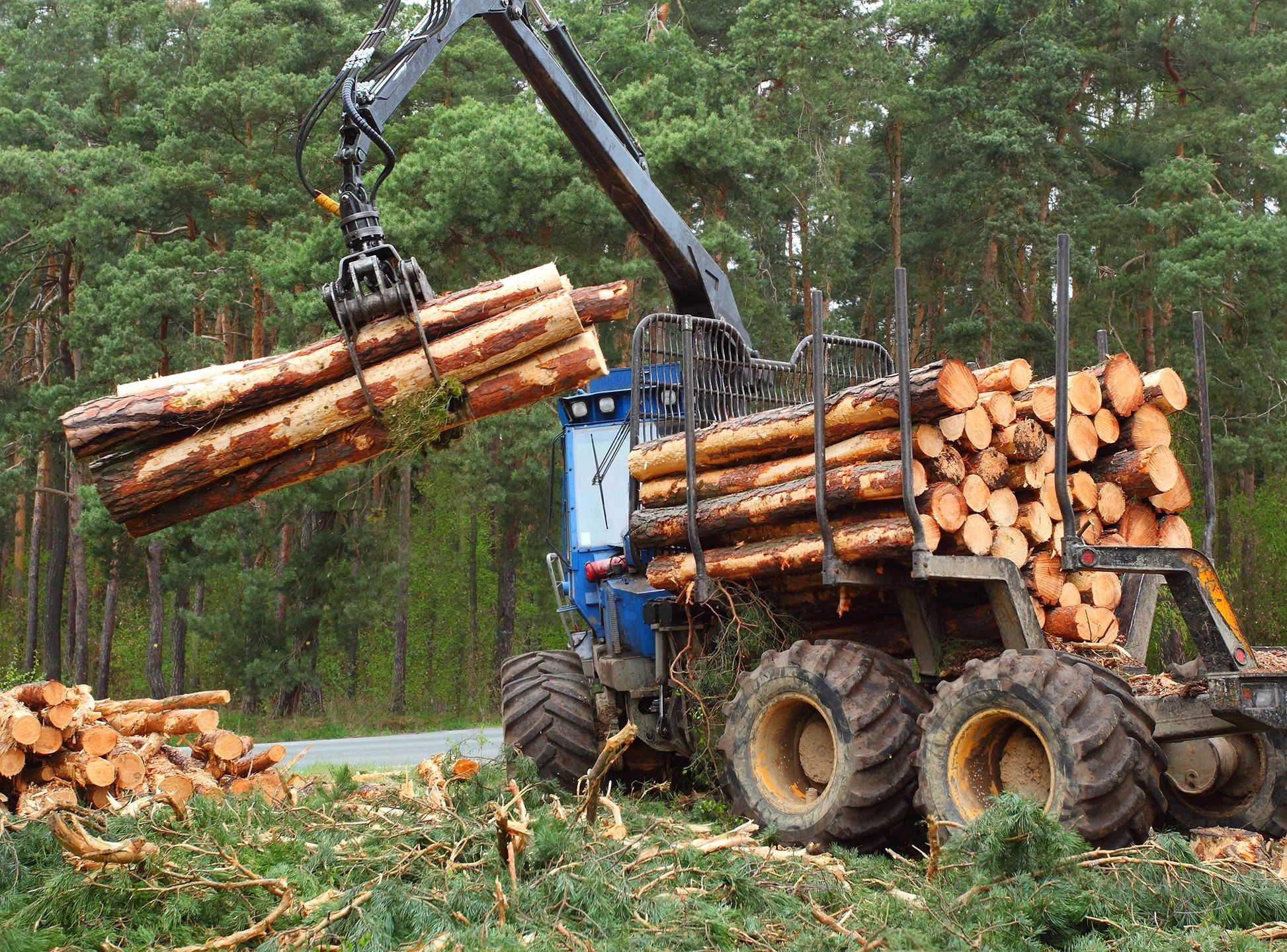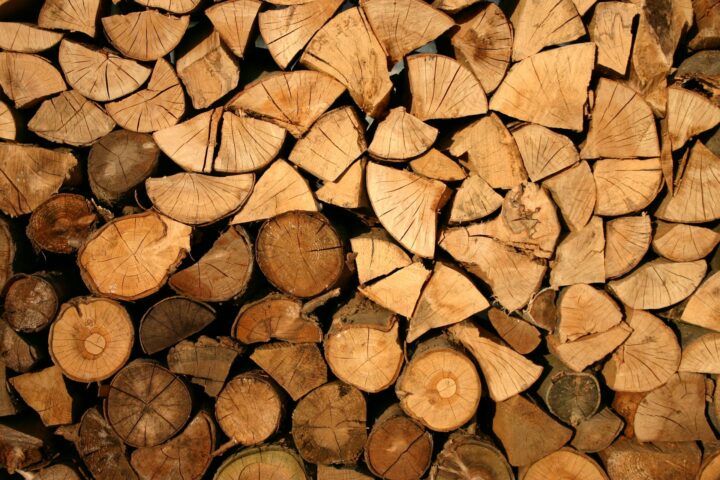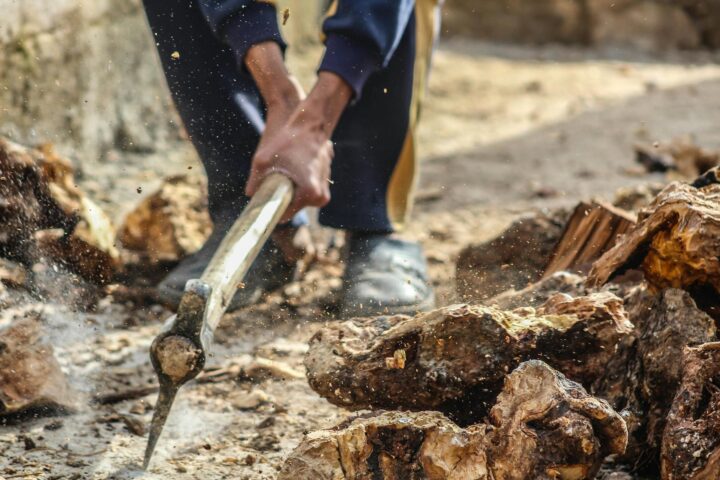-
What Are the Costs of Harvesting Timber?
The cost of harvesting timber varies based on factors such as the species being harvested, and the method used. However, there are some common costs associated with harvesting timber that you should be aware of. Even if you do not expect your operation to yield much income, it is still necessary to consider these costs so that you know what your returns will be before investing in this activity.
This brief article will examine the four main factors that affect the cost of harvesting timber: hiring a contractor, renting equipment, choosing the right species to harvest, and marketing your timber.
Hiring a Logging Contractor
If you want to harvest timber, you will need a team of people to help you. In most cases, this is taken care of by a logging contractor. The contractor will already have a team in place, and this team will be responsible for collecting and transporting the logs from your property to the mill. Most logging contractors will require a deposit of 25% of the estimated value of the timber, but this all depends on the size of the company, the amount of work involved, and the overall value of your project.
Renting Equipment
Proper harvesting equipment can make a significant difference in the profitability of harvesting timber. Some of the most important pieces of harvesting equipment to consider are the saw, the skidder, the loader, the grapple, and the pulper. The saw and skidder are the key pieces of harvesting equipment, and they should be high-quality, state-of-the-art models. Renting equipment is usually more cost-effective than buying it, but if you have a large property and a long project, then buying can sometimes make more sense.
Choosing The Right Species
Another critical factor to consider is the type of trees you choose to harvest. Many landowners choose to harvest hardwoods because they are more profitable. However, some landowners like the look of softwoods and will harvest those whenever possible. Softwoods are sometimes preferred because they have a more open grain pattern, making them less likely to split while being loaded onto the skidder. Generally speaking, softwoods are easier to harvest than hardwoods, but they also tend to be less valuable.
Marketing Costs
Marketing costs are the expenses incurred to sell the harvested timber at market. Most timber owners will contract with a timber buyer. The buyer will then sell the wood at market. That said, there are many options for marketing wood. If you decide to market the wood yourself, keep in mind that you will also need to pay the costs associated with grading, storing, and transportation, which can add up quickly.
Summing up
Hiring a logging contractor, choosing the right species, renting high-quality equipment, and marketing the wood are all important factors to consider when you’re planning to harvest timber. That said, by working with a reputable contractor, renting high-quality machinery, and harvesting high-value timber, you can keep your costs relatively low and earn a very good profit.
When it comes to construction, wood is often used as a framing material. It is also a popular choice for making furniture due to its durability. Wood can also be used as a fuel source, either in the form of firewood or pellets.
All in all, wood is an essential material with a wide range of uses. It is robust, durable, and renewable, making it a good choice for various applications.




